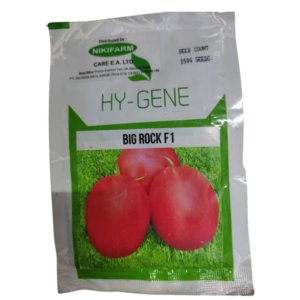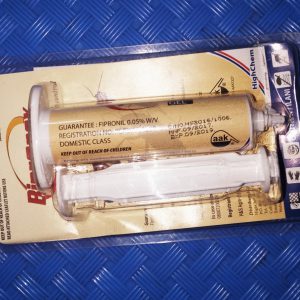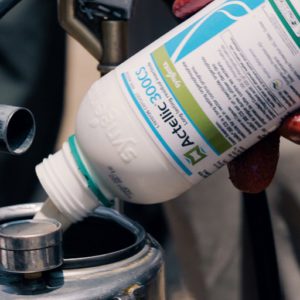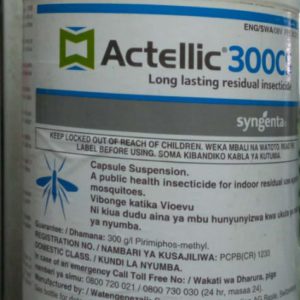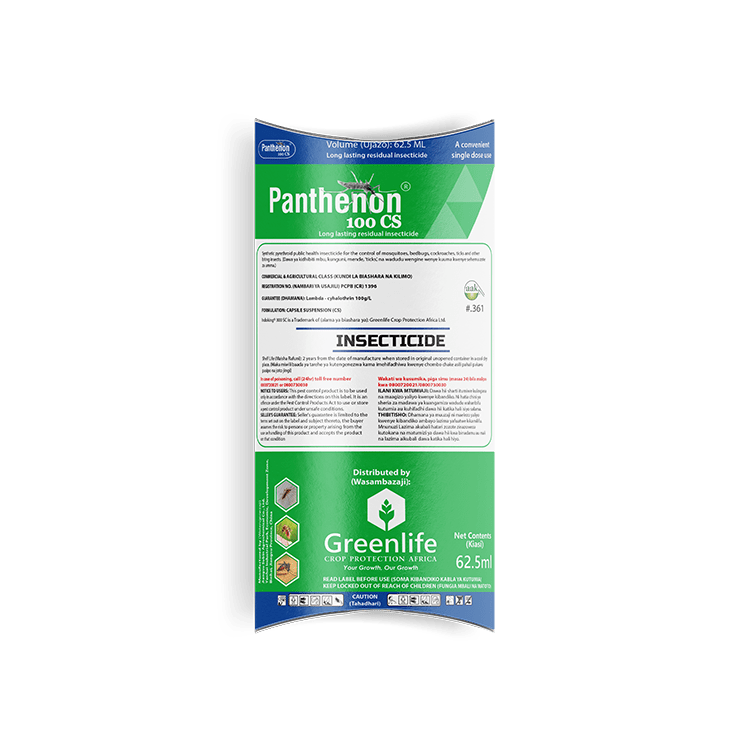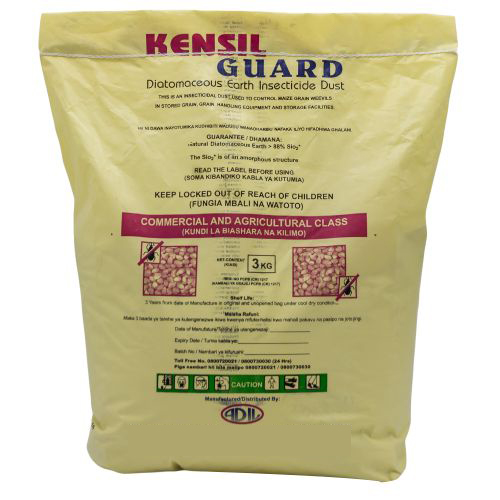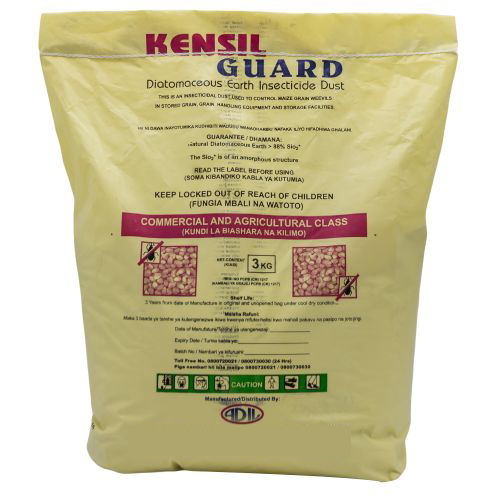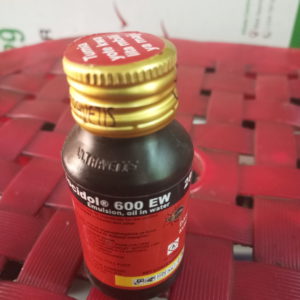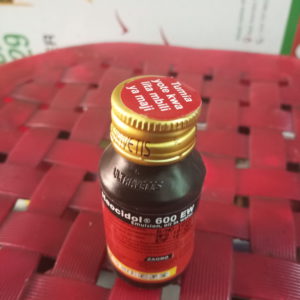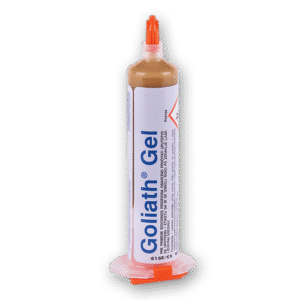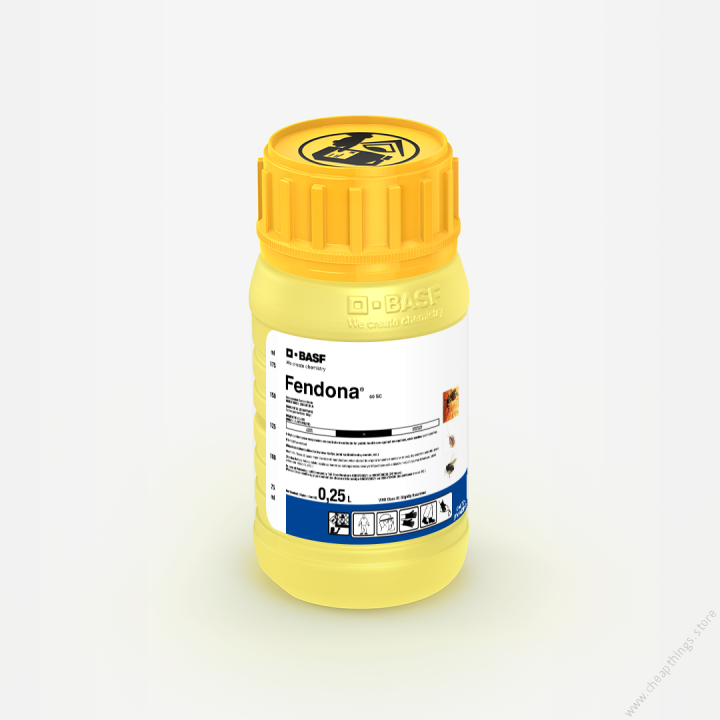Aluminum Phosphide (Phostoxin) provides an effective alternative to traditional control methods for rabbits, moles, and brown rats. Trapping, shooting, and fencing are often used for rabbits and moles, but all are labour-intensive. Other chemical methods have been banned, and there has been very little in the way of chemical control for these pest species.
Use biocides safely. Always read the label, product information, and Phostoxin safety data sheet before use.
Aluminum Phosphide (Phostoxin) Features
- Contains 56% Aluminium phosphide in spherical-shaped formulation.
- For control of brown rats, rabbits & moles in their burrows.
- Proof of training in the correct and safe use of aluminium phosphide is required.
- Phostoxin gassing tablets contain aluminium phosphide, which reacts with normal atmospheric moisture to liberate phosphine (hydrogen phosphide) gas.
- Phostoxin tablets are known for their ability to develop phosphine gas within a very short time on being exposed to the atmosphere, depending on the temperature and humidity.
- Phostoxin tablets are best suited for controlling rodents and pests that are prone to infesting stored products.
- Application of Phostoxin tablets is not limited to any particular type of storage. They can be applied in silo installations (by adding the tablets to the commodities when filling), warehouses, containers, and ships, either by hand or through a special dispenser.
- Dosage and exposure time depend entirely on factors such as temperature and humidity, type of sealing of storage, commodity packing, and type of stored product pest to be controlled.
Aluminum Phosphide (Phostoxin) Composition
Aluminium phosphide 56% w/w
Aluminum Phosphide (Phostoxin) Mode of Action
The product starts to produce phosphine in 30 to 60 minutes after the first contact with the atmosphere. The process dynamics depend on air temperature and humidity. The gas has a high penetrating ability; it diffuses rapidly throughout nearly all packaging materials as well as through tightly packed goods.
Advantages of Aluminum Phosphide (Phostoxin)
- No ozone layer depletion
- Occupational safety
- Effective against stored product pests such as eggs and pupae
- Safe and easy application
Aluminum Phosphide (Phostoxin) Target Pests
Aluminum Phosphide (Phostoxin) Rate
Treating Moles
It is important to locate the areas in which the moles are “live” before treatment commences. A large number of mole hills gives the impression of many moles working in an area but often there is only one. It is important to recognise that the mole is a solitary animal and its workings are usually distinct from those of neighbouring animals. Walk over the area carefully and decide whether the mole hills form one or more groups of workings. This will tell you how many moles there are.
Remember that even heavy infestations contain only eight to ten moles per acre and in most instances there are fewer.
Within each group of workings (which may cover many square metres), find those mole hills made within the last 24 hours. There will probably be fewer than half-a-dozen. The biggest is not necessarily the most recent.
In dry weather conditions, moles may tunnel deeper in order to find moisture. It is important to realise this when probing for the runs, as those nearer the surface may not be in use; if tablets are inserted into them, the treatment may be ineffective.
Do not attempt to gas the shallow feeding tunnels, since these are rapidly abandoned and are not in permanent use.
Treating Rabbits
As a general rule, gassing treatments against rabbits will be carried out most effectively during the months from October to February. Numbers will then be at their lowest and burrow entrances will be easier to find amongst the sparse vegetation.
Earlier treatments may be required where autumn cereals are being heavily grazed.
Treating Brown Rats
Brown Rats that infest farm buildings, poultry sheds and pig houses can often be found living in nearby burrows. Bankings, hedgerows and overgrown vegetation all provide ideal sites for rats to create burrows, from which they can spread to the surrounding buildings.
While gassing is unlikely to provide the complete solution to any rat infestation, it can be a valuable method of reducing the size of a rat population quickly, following which rodenticide baits can be used more effectively to control the remaining population.
Aluminum Phosphide (Phostoxin) Airing Out
- Following fumigation, there should be an airing-off period of at least four hours or until gas levels drop below the Occupational Exposure Standard.
- Once opened, the contents of the container must be used immediately.
- Unprotected persons must be kept out of treated areas until the phosphine concentration in the atmosphere has fallen below the Occupational Exposure Standard.
- After following the appropriate exposure times, the following minimum airing periods must be observed:
1. Rice, wheat, barley, maize, oats, sorghum, rye, millet, and oilseeds – four hours
2. Animal feed, flour, spices, confectionery, biscuits, dried fruit and nuts, and tobacco in cases or bales – two days.
3. Tobacco in hogsheads – three days.
Aluminum Phosphide (Phostoxin) Restrictions
- TO BE USED ONLY BY OPERATORS TRAINED IN THE USE OF ALUMINIUM PHOSPHIDE and familiar with the precautionary measures to be observed. See HSE Publication Fumigation: Health and safety guidance for employers and technicians carrying out fumigation operations.
- IN CASE OF FIRE. Use dry sand, powder, or CO2. Never use Water.
- Remains of containers must be removed after treatment and buried. All persons and animals must be kept out of the fumigation area and adjacent areas into which gas might penetrate.
- Do not use when the commodity temperature is below 15 °C and/or the relative humidity within the structure is high, or with row cereal grain, the moisture content should be less than 9%.
- Don’t fumigate in inhabited buildings.
- Don’t use on any commodity, empty containers, or vessels that are in transit.
- Don’t heap tablets.
- Don’t apply as a surface-only treatment in a structure whose height exceeds twice its width.
- Phosphine is also highly toxic to humans and warm-blooded animals.




